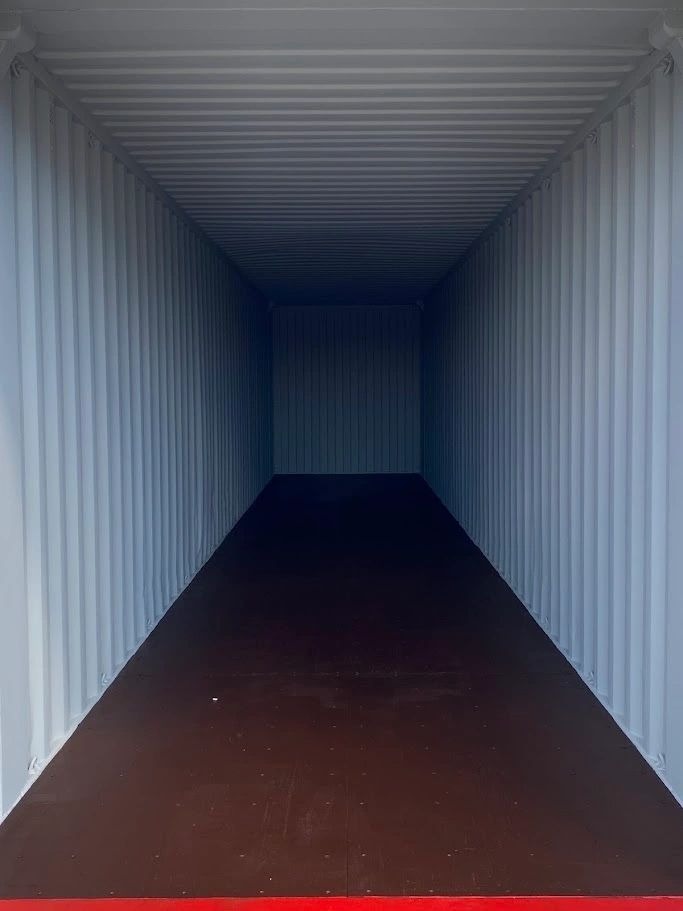Quiz: How Much Do You Know About New Shipping Containers?
New Shipping Containers: Revolutionizing the Logistics and Supply Chain Industry
Shipping containers have ended up being the foundation of global trade, allowing the efficient transportation of goods across countries and continents. As logistics and supply chain requires progress, so too do shipping containers. This post will explore the significance of new shipping container styles, developments, and their influence on the industry.
The Evolution of Shipping Containers
Shipping containers have actually come a long method since their creation in the 1950s. At first made from steel, the design has broadened to include various materials, sizes, and functionalities to satisfy growing needs for performance, security, and sustainability.
Secret Innovations in New Shipping Containers
Development
Description
Benefits
Refrigeration Technology
Advanced insulation and cooling systems.
Ideal for perishable products, extending life span.
Smart Containers
Equipped with GPS tracking, temperature level sensing units, and RFID innovation.
Real-time tracking of cargo conditions and area.
Green Containers
Made from sustainable materials and designed for energy efficiency.
Lowered carbon footprint and ecological impacts.
Modular Containers
Enables versatile reconfiguration for different cargo types and sizes.
Increased adaptability and enhanced area utilization.
High Cube Containers
Taller than standard containers, providing more volume within the very same footprint.
Greater storage capacity for large cargo.
Types of New Shipping Containers
New shipping containers come in numerous types, each crafted for specific transport requirements. Here's a list of the most typical types:
- Standard Dry Containers: The most common type, used for basic cargo.
- Reefer Containers: Temperature-controlled containers for disposable items.
- Open Top Containers: Designed for oversized cargo that can not fit through basic doors.
- Flat Rack Containers: Used for heavy loads or equipment that should be secured from above.
- Tank Containers: Specialized for transporting liquids, such as chemicals and food.
- High Cube Containers: Providing additional vertical area for bulkier products.
Advantages of Using New Shipping Containers
Utilizing new shipping containers uses numerous advantages to companies and the supply chain. Some benefits include:
- Enhanced Security: Modern containers are constructed with sophisticated locking mechanisms, minimizing the threat of theft and damage.
- Increased Efficiency: Smart containers permit for real-time tracking, improving logistics management and decreasing delays.
- Sustainability: Innovations in products and energy effectiveness assistance lessen the ecological impact of shipping activities.
- Cost-Effectiveness: Reducing waste and optimizing cargo area decreases transport costs in time.
- Adaptability: Different container types and configurations accommodate a large range of industries and products.
The Impact of New Shipping Containers on Global Trade
The intro of new shipping containers has actually drastically impacted worldwide trade practices. According to a report by the Global Maritime Forum, the efficiency gains from the adoption of new shipping containers have actually decreased shipping times by as much as 30% in some cases. Furthermore, the development in e-commerce has increased the need for various shipping container types, causing innovation and competition amongst shipping business.
Metric
Pre-New Shipping Containers
Post-New Shipping Containers
Typical Shipping Time
4-6 weeks
2-4 weeks
Cargo Damage Rate
10%
2%
Fuel Efficiency
Varies
As much as 10% cost savings
Cost Per Shipment
₤ 2000
₤ 1500
Carbon Footprint (Estimated)
High
20% lower
Often Asked Questions (FAQs)
Q1: What products are contemporary shipping containers made from?A1: Modern shipping containers are mostly made from high-strength steel but can likewise include new materials like fibreglass and environmentally friendly composites. Q2: How can I track my cargo with a new shipping container?A2: Many new shipping containers come geared up with clever technology that consists of GPS tracking and RFID. These enable shippers to keep an eye on the place and condition of the cargo in real-time. Q3: What kinds of cargo benefit most from refrigerated containers?A3: Perishable items such as fruits, veggies, dairy, meat, and pharmaceuticals benefit significantly from refrigerated containers, providing the required temperature level control to keep product stability. Q4: Are there any ecological policies surrounding using shipping containers?A4: Yes, different global policies govern emissions from shipping and the products used in container construction.
The International Maritime Organization(IMO) promotes cleaner shipping by presenting policies for carbon emissions, encouraging the usage of green containers. Q5: Will new shipping container innovation cause greater shipping costs?A5: While preliminary financial investment in new innovation might be greater, the performances acquired from decreased shipping times, lower cargo damage rates, and enhanced fuel usage frequently result in
**total cost savings for companies in time. The shipping container market is going through a crucial transformation, with innovations paving the method for a more efficient, safe and secure, and sustainable future. By understanding the developments and kinds of containers available, services can make informed decisions that
enhance their supply chain operations. As the international marketplace continues to grow, so does the necessity for transport solutions that satisfy contemporary needs. COG Containers of new shipping containers is not simply a pattern; it's a vital component of the logistics and supply chain landscape.  **
**